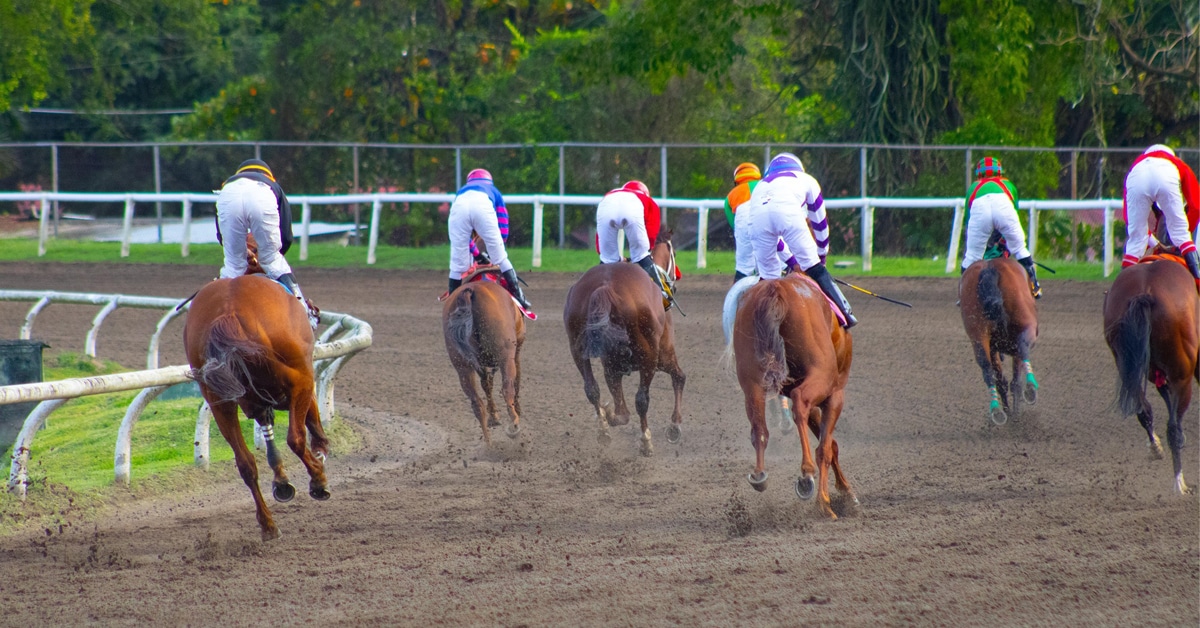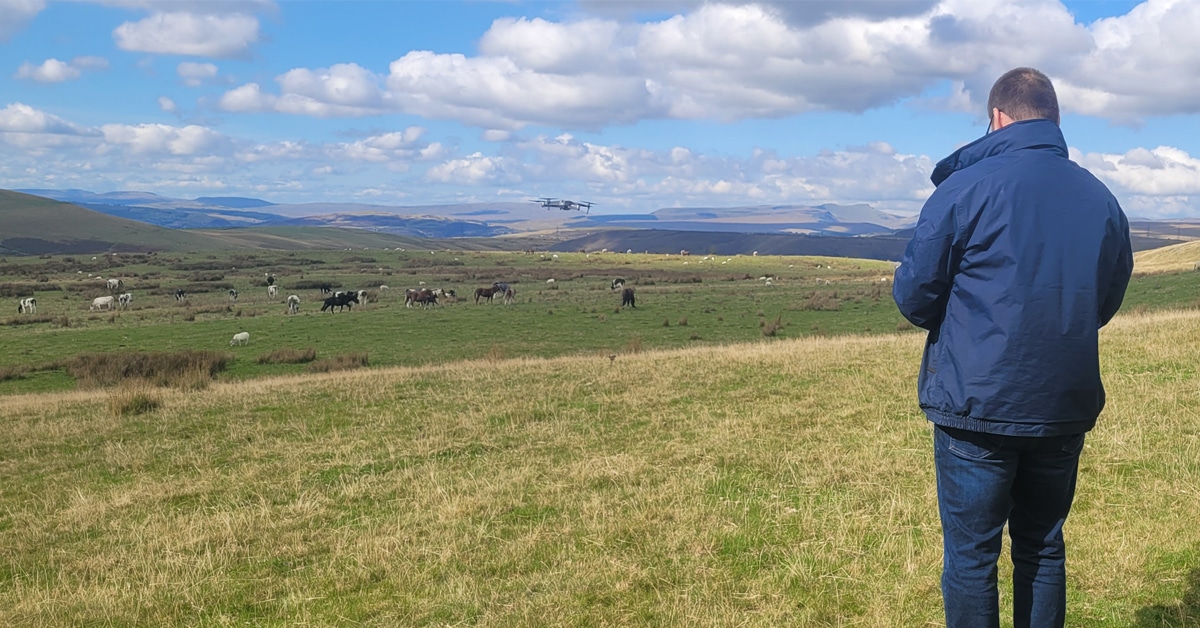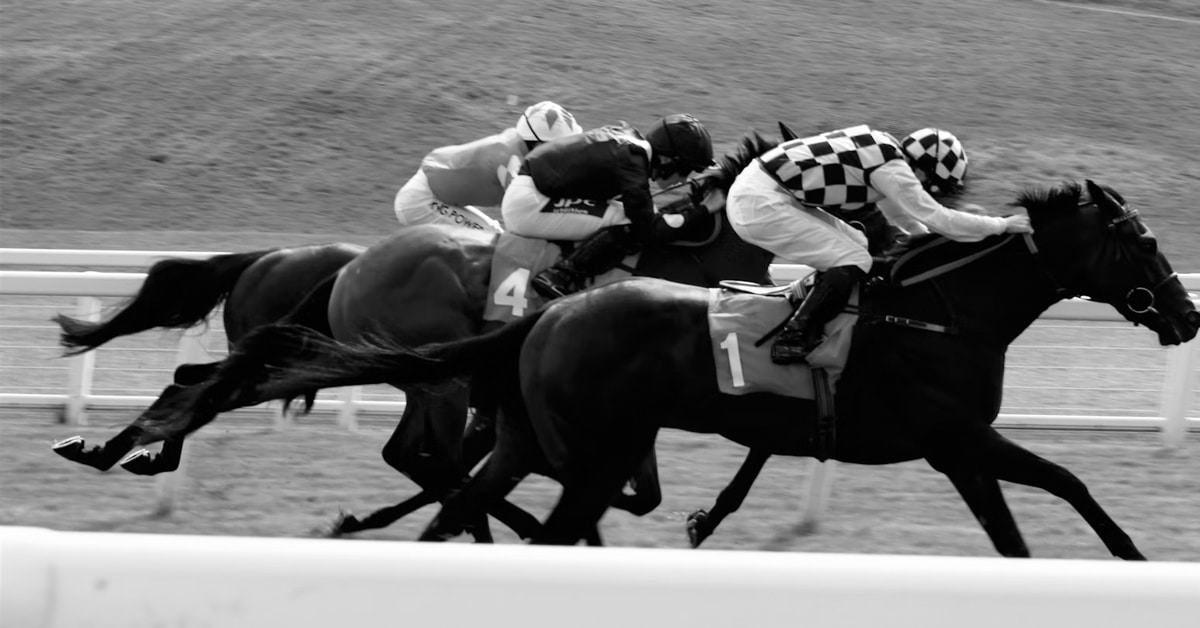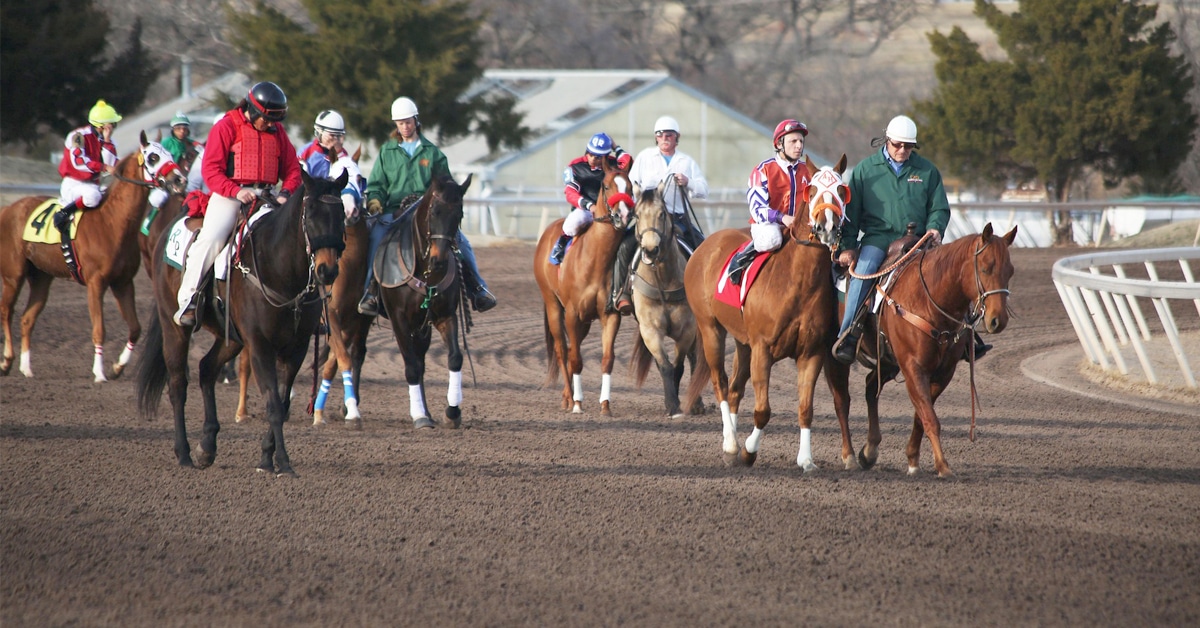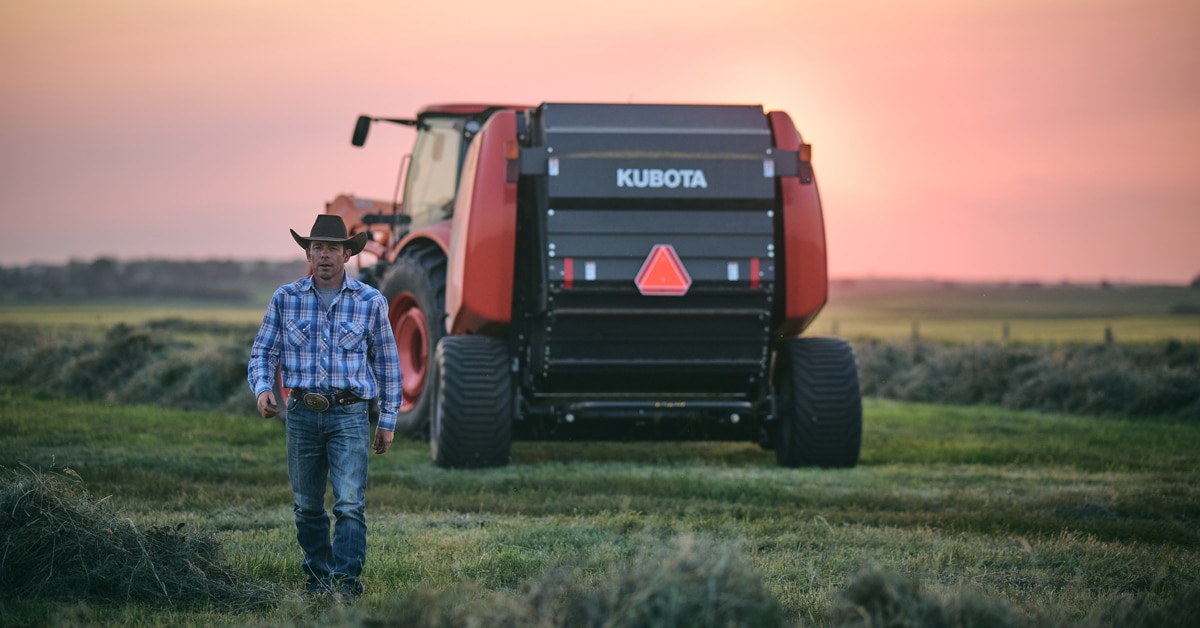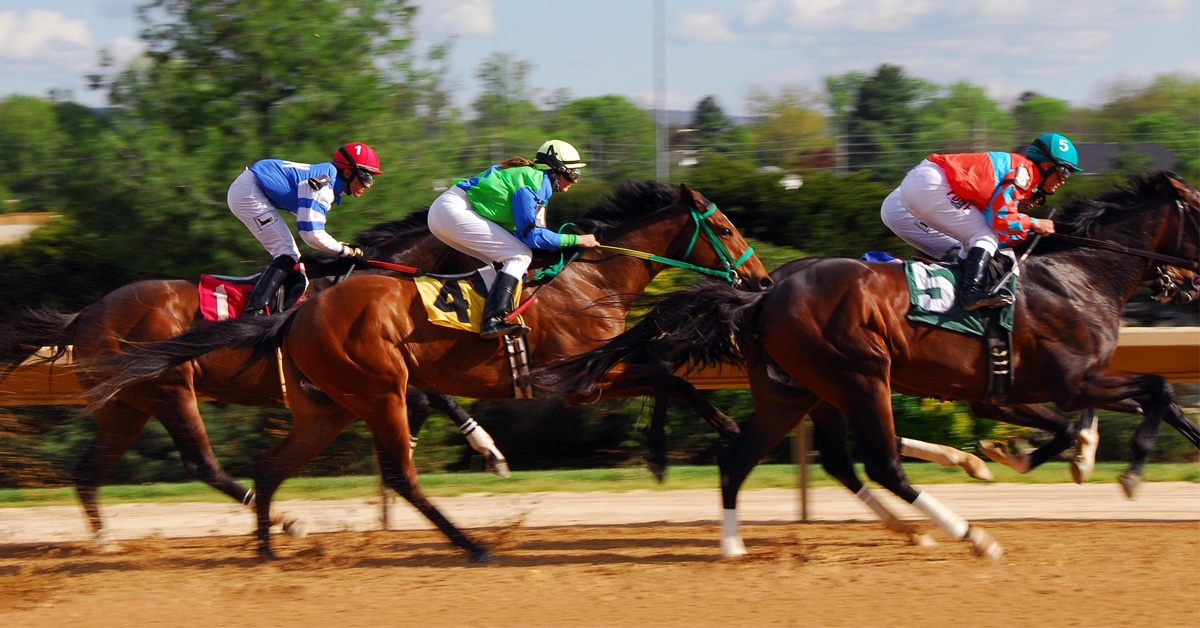Bare spots in a pasture are normal to a degree, but too many large bare areas, or if a pasture is full of weeds, could be a sign that your pasture may be in need of reseeding. One reseeding method that can be used is the “boot toe” method. Make a mark with a pen at the toe of your boot. Walk into your pasture and take three large steps and note what is at the toe mark – is it bare ground, a weed or an edible plant? Turn in another direction and take another three steps and check the toe again. Do this about 20 times across your pasture (or take more steps between for a larger pasture) to get a good representation. Ideally, 70% of the pasture should be edible plant material. This is important not just for your horses to have something to eat, but also to prevent soil erosion.
You can also go further and describe what type of edible plant is at the toe, though you may need some help identifying plants (is it fescue or orchardgrass?) or weeds – but there are several software apps available to help you with that.
You may also want to get an average yield of your pasture, which can be used to determine stocking rate (the number of animals per unit space). Depending on the pasture quality, one horse needs two to three acres. A grazing stick is a tool that has inches along one side, and then some tables for calculations along the others. You can do something similar to the boot toe method to get a good average for your pasture. Then, knowing the sward height (grass length), and the species within the pasture (which affects how useable it is), and the total coverage of your pasture (taking into account weeds and bare spots) you can determine the useable pasture available. Typically, a horse will consume about 2-2.5% of their body weight as dry matter pasture per day.
If you decide your pasture is too bare and doesn’t provide enough forage for your horses, you may consider reseeding. A good agronomist can help you test your soil, fertilize it, determine what species of plants are best for your situation, and get it ready for seeding. Typically, this process takes one to two years before the pasture is ready to graze. This obviously isn’t convenient, and as such, many horse owners just over-seed an existing pasture, hoping to fill in the bare spots. This strategy has limitations because it can be difficult for a new plant to establish itself so, even after over-seeding, the pasture should be rested. Fertilization can improve soil quality, which can be a factor in pasture growth, but it is important to know which nutrients are needed in the soils to make sure you purchase the right type and ratios (of nitrogen, etc). Horses shouldn’t consume recently fertilized pasture.
The Latest

